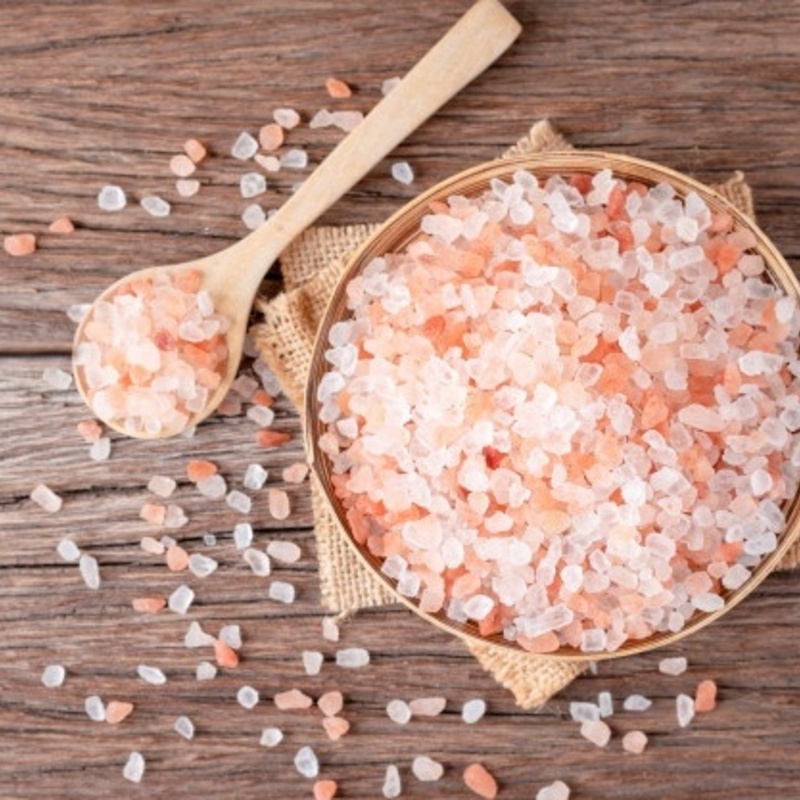You can use is for regular cooking or as a finishing salt. It offers a burst of saltiness for your palate. Himalayan salt is also good for seasoning meat as it clings to the surface well and spreads evenly. You can also blend the sweet and savoury and use a pinch in desserts. American food writer and entrepreneur, Mark Bitterman has been playing with finishing salts and Himalayan salt blocks for few years now. In his book, Salt Block Cooking, he explains, “Himalayan salt blocks have very little porosity and because they have virtually no moisture, they can be safely heated or chilled to great extremes.” This makes it very versatile. You can crumble it over your food or even cook over it. Bitterman uses salt blocks to saute, grill, chill, cure, bake, and even as a platter to serve. When foods are cooked over these blocks they acquire a delicate saltiness that sets them off perfectly.




